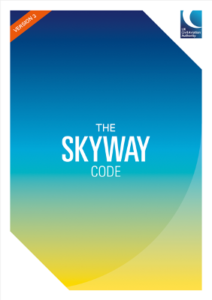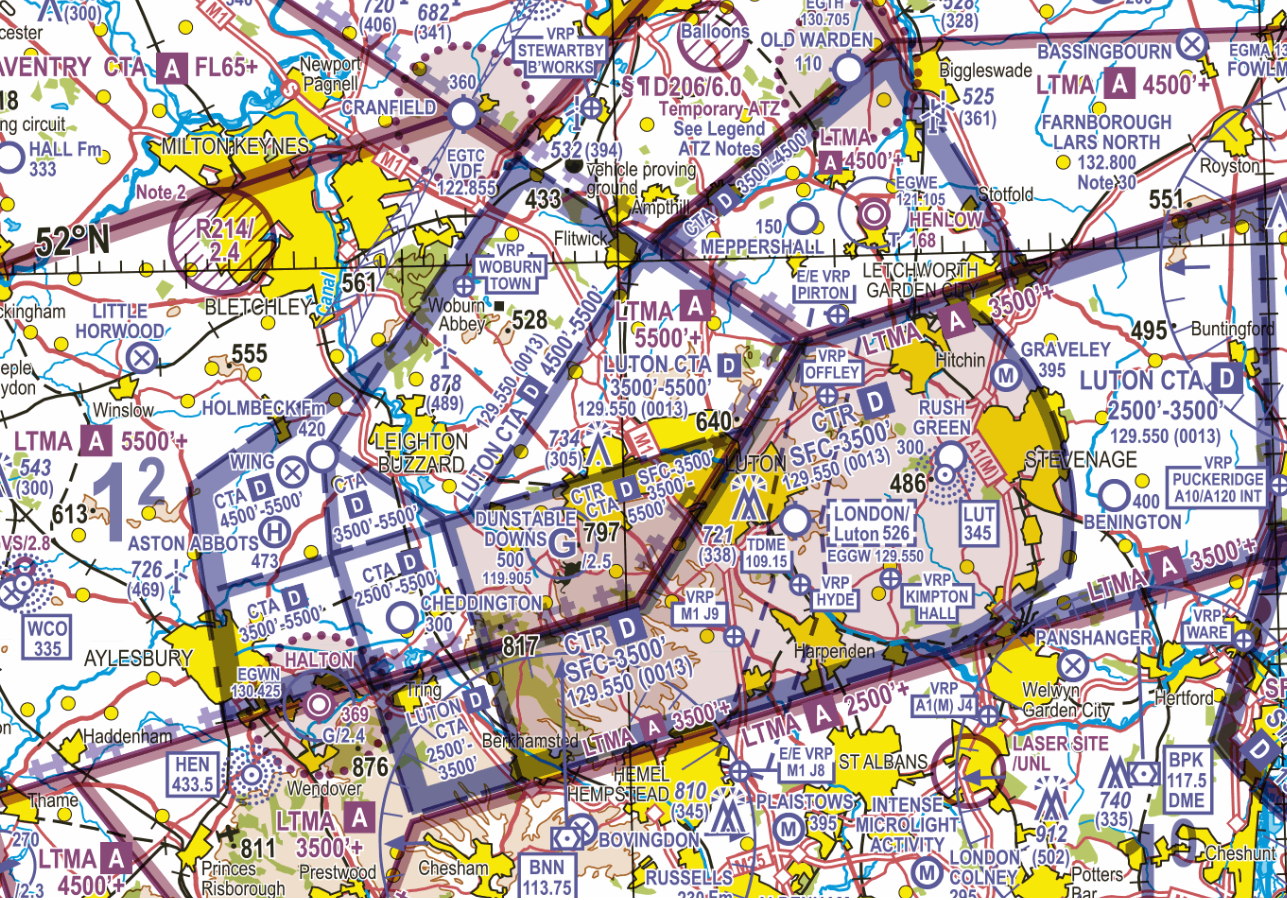You will all be familiar with The Highway Code. It is essential reading for all who want to pass their driving test in the UK. Well, the Civil Aviation Authority (CAA) produce a flying equivalent, The Skyway Code.
The Skyway code is free to download from the CAA website. It is packed full of easy to read explanations, diagrams and tips for safe and legal flying. Subjects include Met Reports, Navigation, Radio Communications, Crosswind landings and even flying across international borders. If you prefer to keep the book version for bedtime reading, then we can sell you a copy at the cost price £12.95.
If you are planning to learn to fly and therefore must take the CAA theory exams, the Skyway code will not cover each subject in sufficient detail. But once you have qualified as a PPL it is a fantastic resource for keeping current on most aspects of flying. We recommend every PPL adds this publication to their Christmas list.






